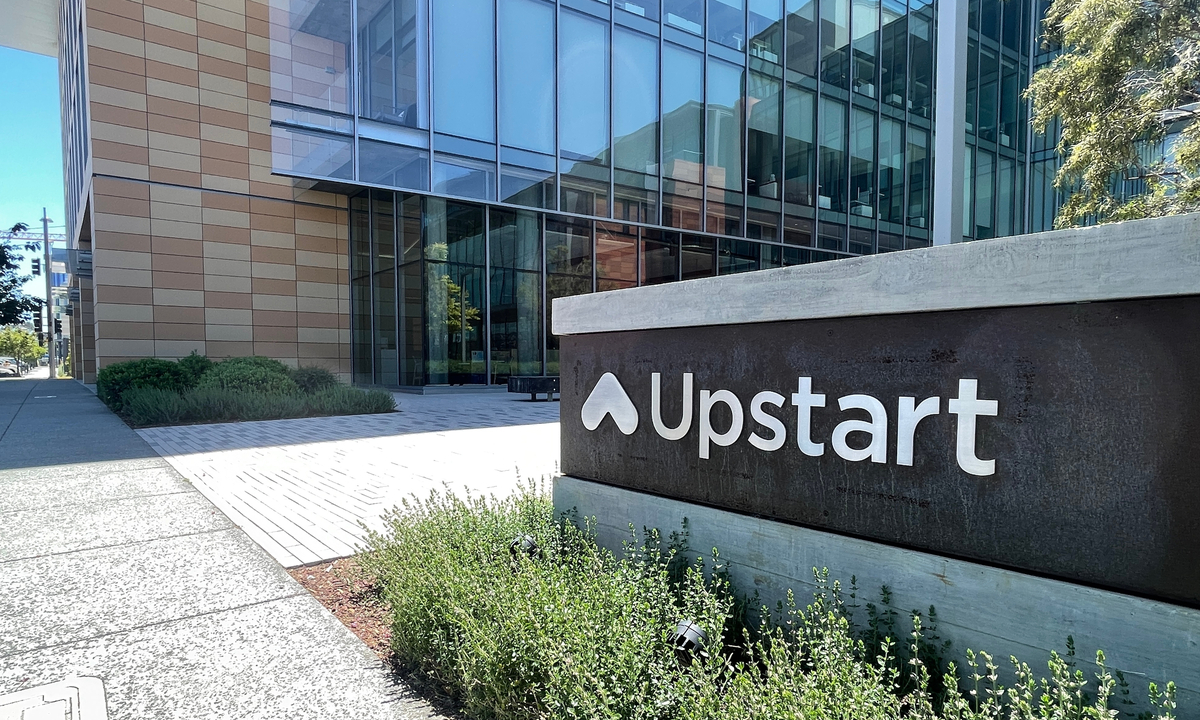“Anytime I visit New York City, the first place I go to is the art gallery,” Kachkine said in an interview with PYMNTS. “It’s been a lifelong passion of mine.”
Such adoration naturally means Kachkine would look to acquire art works of his own. But with a limited budget, the MIT graduate researcher with a discerning eye instead bought damaged oil paintings he could restore.
“I ventured into art conservation around 10 years ago when I realized that you can’t buy a Monet reasonably,” Kachkine said. “But you can, even with the limited income I had back then, buy damaged paintings. And I realized that I could take one of those damaged paintings, restore it, and then I would have a really nice painting.”
Kachkine knew that restoration is manually laborious. The painting has to be cleaned of debris and any past restoration efforts have to be removed as well. Then, the damaged parts in paintings have to be manually painted while staying true to the artist’s style.
This typically means months to years of painstaking work. Kachkine did it the traditional way at first, but thought there must be a better way. So, he invented a method using artificial intelligence (AI), transfer paper, printers and varnish. His paper describing the technique is published in the journal Nature.
Kachkine said his method greatly speeds up restoration: In repairing a 2-foot by 2-foot painting, “The Adoration of the Shepherds,” from the late 15th century, he spent 3.5 hours compared to 232 hours it would normally take to do it manually. That’s faster by 66 times.
Source: “Physical restoration of a painting with a digitally constructed mask,” Nature
Taking the cleaning time into account, his method would speed up the entire restoration process by four to five times, Kachkine said.
Around 70% of paintings in institutional collections are not displayed in public due in part of the cost of restoring them, according to Kachkine’s paper. Therefore, restoration efforts typically center around the most valuable pieces of art with the rest left buried in storage.
Kachkine said various AI models are able to generate images of damaged paintings as they would look fully restored. But these would exist only virtually. He said his technique is the first to translate the digital restored image into physically restoring the actual painting.
“This is the first time we’ve been able to take all of those digital tools and actually end up with a physically restored painting from them,” he said. “And it’s so much faster than doing these kinds of restorations by hand.”
How Gen AI Helps Restore Paintings
The process begins with cleaning the artwork of debris and old restoration efforts. Once cleaned, the painting is scanned to produce a high-resolution image. Kachkine then uses a variety of Adobe-integrated digital tools, including convolutional neural networks and partial convolution models, to reconstruct missing regions.
Once the digital restoration is complete, a transparent film mask is printed with the reconstructed imagery. This laminate consists of nine ultra-thin layers, including a white backing for color vibrancy and laser-printed pigments. The result is an overlay that sits precisely on the original painting, with printed colors covering only the damaged areas.
“It’s thinner than human hair,” Kachkine said, adding that the film is removable using standard conservation solvents, preserving the artwork underneath.
The ethical implications of this method were also central to Kachkine’s design. He developed algorithms that determine which regions to restore based on how human vision perceives color and contrast.
“We really only select the damages that human vision is sensitive to,” he said. “You can tell what areas have been restored and which have not. That’s really important from an ethical standpoint in conservation.”
At first, Kachkine said he wasn’t sure how his method would be received. But he was gratified to see broad interest from conservators, cultural institutions and private equity firms. He also has a GoFundMe page.
Kachkine said he is now collaborating with the Italian Ministry of Culture on restoring frescoes in earthquake-damaged chapels in Tuscany.
His dream painting restoration job would come from the Italian Renaissance.
“There are a number of Italian paintings, especially around the Renaissance, that have very bright colors” such as Raphael, Kachkine said. “I’d love to be able to restore one of those [paintings] where before restoration, it would be very difficult to appreciate all of the fun colors that might emerge and the interesting textures that are there.”
“That’s the dream,” he said. “It might take a little bit before I could get my hands on one, but I’ll keep trying.”
Read more:
New AI Startup Turns a Dog’s Bark Into a Human Conversation
Meta Says Foundation Model Gives Virtual Embodied Agents Human-Like Movements
AI-Powered Digital Twins Give Clinical Trials a 75-Year Upgrade
Photo: MIT graduate researcher Alex Kachkine looking at a painting. Credit: Alex Kachkine




 Cyber Security3 weeks ago
Cyber Security3 weeks ago
 Cyber Security3 weeks ago
Cyber Security3 weeks ago
 Fintech3 weeks ago
Fintech3 weeks ago
 Artificial Intelligence3 weeks ago
Artificial Intelligence3 weeks ago
 Fintech3 weeks ago
Fintech3 weeks ago
 Artificial Intelligence2 weeks ago
Artificial Intelligence2 weeks ago
 Fintech2 weeks ago
Fintech2 weeks ago
 Fintech3 weeks ago
Fintech3 weeks ago
